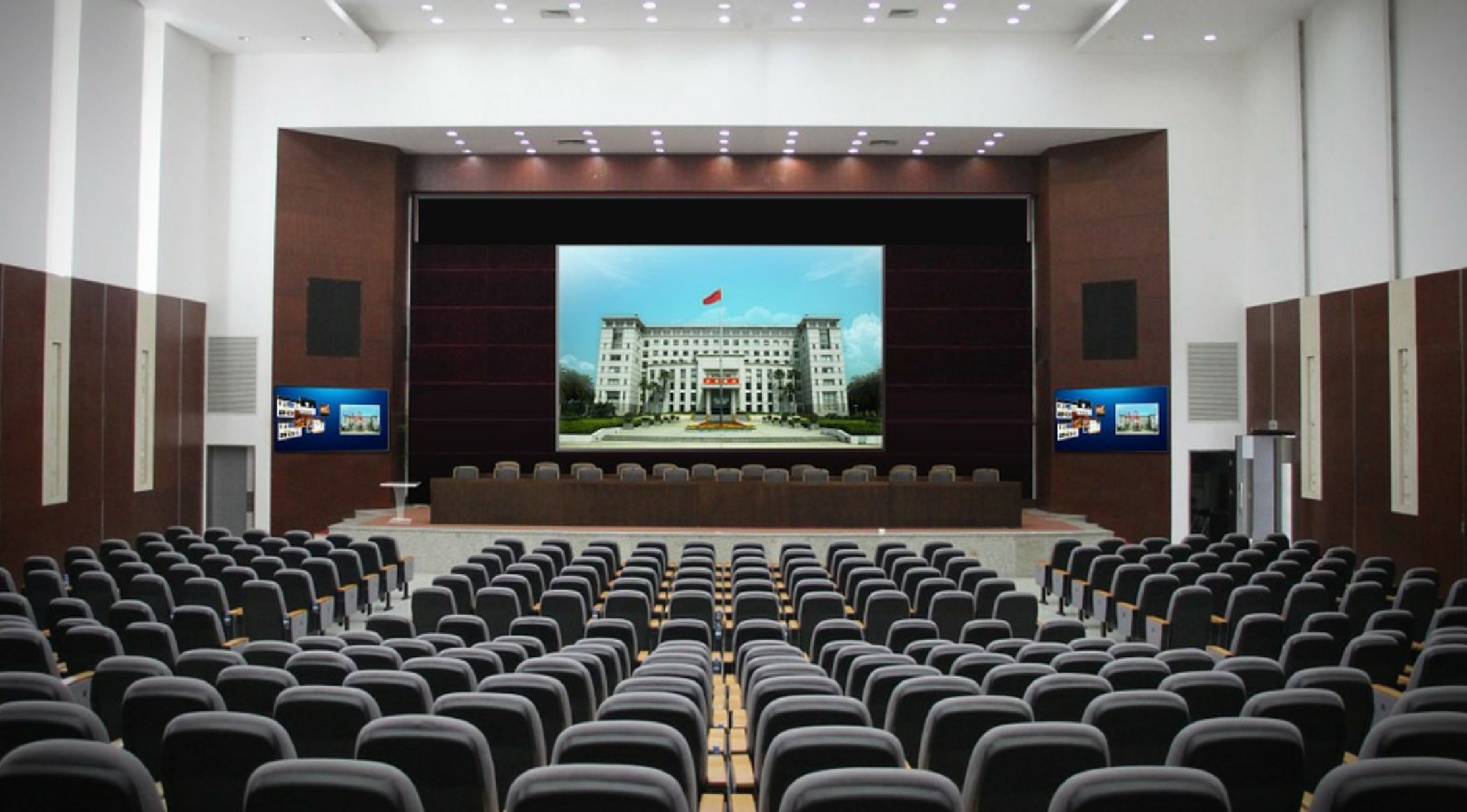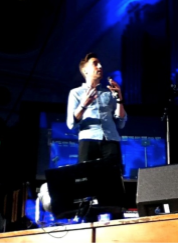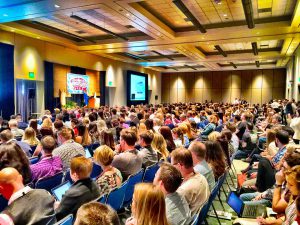
Whether you’re hosting or attending an event, how you promote and capture the event on social media will be key to its success. We’ve put together four easy ways you can capitalise on your digital presence at your next event.
It is unlikely that you can go to a conference or event nowadays without some push to spread it across social media. Let’s face it; we’re all hoping our event will go viral and spread like wildfire. Just picture it: you collect your badge, you find a seat and the event begins. Within minutes, you’re told by the hosts’ that there is a hashtag available to use and that they want you to tweet those golden nuggets you hear. By the end of the day, you’ve seen multiple Snapchat stories, your Twitter feed is booming and Instagram is full of ‘edgy’ images of the building you’re currently in; it’s almost as if you didn’t need to spend the £40 to even come to the conference!

No matter the topic of your event, social media can be your right-hand (wo)man through it all. Here are the four steps for social media success at events.
1. RSVP the event on Facebook
Gone are the days where you RSVP to an event or conference via paper and pen. The world has moved onto to “make sure you say you’re coming on the Facebook event!” It’s a handy, easy and accessible way for organisers to get an insight to the numbers they will be expecting. Similarly, you can use it to interact with other delegates attending; networking before you’ve even seen them face to face is nothing new these days. That little click of a button can greatly affect your experience, even before you step foot in the venue.
2. Live tweeting
Everyone does live tweeting; giving the world your very own tweet-by-tweet account of what you see in front of you. Admittedly, the majority of the nation use this to document their views on the latest X-Factor scandal or to comment on a football match. Well, just like in these instances, tweeting at conferences can be a wonderful, if not cathartic, thing. Did you just hear an absolutely gem of a quote? Tweet it! Did you just have a conversation with someone new or influence? Tweet it! Did you just see an infographic that explains exactly how you feel? Tweet it!

Tweeting at conferences gives you a world of opportunity; literally. You can do so much with it, whether you are tweeting as an individual or as a company. It’s really up to you where you want to go with it, how many tweets you want to send out and what message you want to convey.
3. Instagram it
The beauty about using Instagram at events is that it gives people who didn’t attend the event or conference can now see exactly what they missed, and entices them to make an appearance the next time. Equally, they say that a photo is worth a thousand words too. If there was a specific moment that captured your attention, then let the world know.

4. Snapchat
Despite this being the youngest of the social platforms, don’t make the mistake of underestimating the capabilities it has. Take the generation that have their phones superglued to their hands, anyone below the age of 18, for example. At a gig or concert, you can see hundreds of people adding snaps of what they are seeing in front of them to their story. They want to capture that magical moment, as well as letting the rest of their social group have that opportunity to see it too.
At a conference, a snippet of a speaker’s talk can really boost the interest surrounding it. It could lead onto conversations later down the line, just by asking, “oh, I saw that on your snapchat story; what was it?” Snapchat brings people closer to what their friends are seeing right in front of them, particularly with the use of video.
Overall, social media usage at events and conferences can be seen as wonderful tool. It can, if used correctly, bring the world into the moments that you want to share. It can boost the reputation of the experience and assist it growing in the future. There is a time and a place for social media, and these types of occurrences are exactly that.